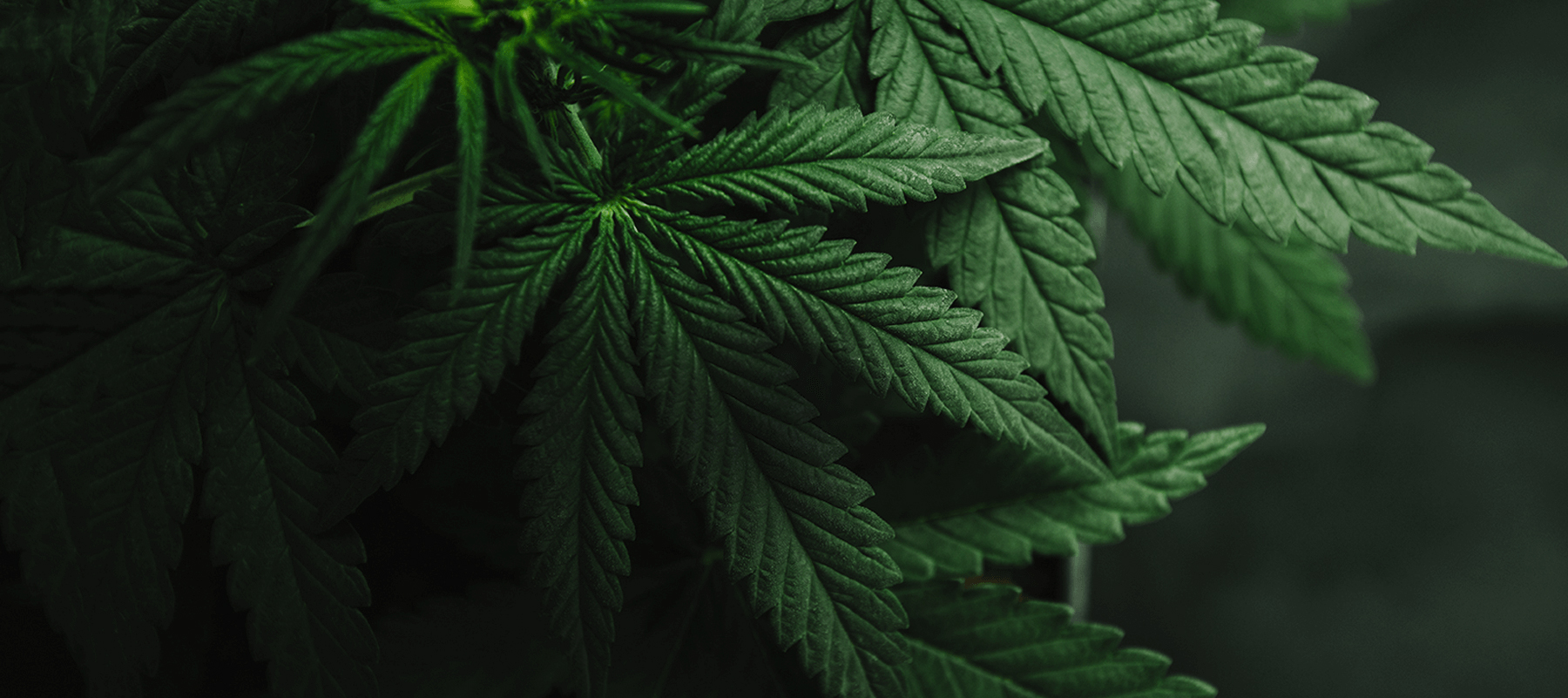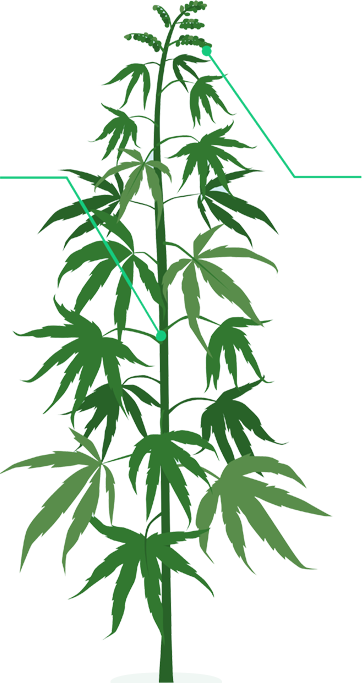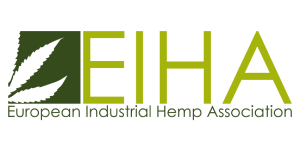Cannabis has been part of human evolution since the beginning of recorded history. In ancient China, cannabis was used as a medicine, including oils, tinctures and cannabis-based preparations. Hemp is said to be one of the earliest domesticated plants and one of the first successful agricultural crops. As far as we know, its origin can be traced to Asia around 11,500 years ago. People at that time used hemp as cordage, woven garments and paper, to name a few. Archaeological research has revealed that hemp seed and oil were used as food in China. Later on, during the classic antiquity period, traces of hemp have been found in archeological sites in Egypt, and hemp was also mentioned by the Romans. Throughout generations, hemp was a key ingredient in everyday life.
Up until the late 1930s, cannabis-based medications, such as oils, tinctures and preparations, were routinely used by American doctors and physicians worldwide. The unfortunate passage of the Marihuana Tax Act of 1937 ended the role of cannabis as a medicine in the United States. And with the passage of the United Nations Single Convention Treaties of 1961 and 1971, cannabis (including hemp) became prohibited throughout much of the world. Formerly a part of the US Pharmacopeia, cannabis was sadly withdrawn as an accepted medicine.
In 1964, with the assistance of Nuclear Magnetic Resonance spectroscopy, Israeli scientist Dr Raphael Mechoulam isolated THC to further determine its chemical composition. Dr Mechoulam is therefore credited with the discovery and ‘isolation’ of THC. Nonetheless, American scientist Dr Roger Adams inferred THC’s structure even earlier and basically got it right. In addition, Dr Adams’ application for a patent on CBD isolation dates back to 1940 and was awarded in 1942.
Marijuana became popular in the mid-1960s. Enterprising growers developed a high concentration CBD strain. There was virtually no effect when smoked, therefore earning the name ‘Hippie’s Disappointment’. Entrepreneurs were not deterred, believing that CBD in relatively high concentrations could be grown in a hemp plant and may have added value if extracted into oils and tinctures.
CBD nutraceuticals then hit the market mid-2012. European hemp crops were grown from 2007-2011, with incremental concentrations of CBD with every year. By the autumn of 2011, they contained enough CBD to possibly have a benefit. The crop was harvested, the oils extracted (as a raw paste) and eventually exported to the USA. Final formulations were made and marketed by mid-2012.







 Tall and lengthy (can grow 10-20 feet high)
Tall and lengthy (can grow 10-20 feet high)







